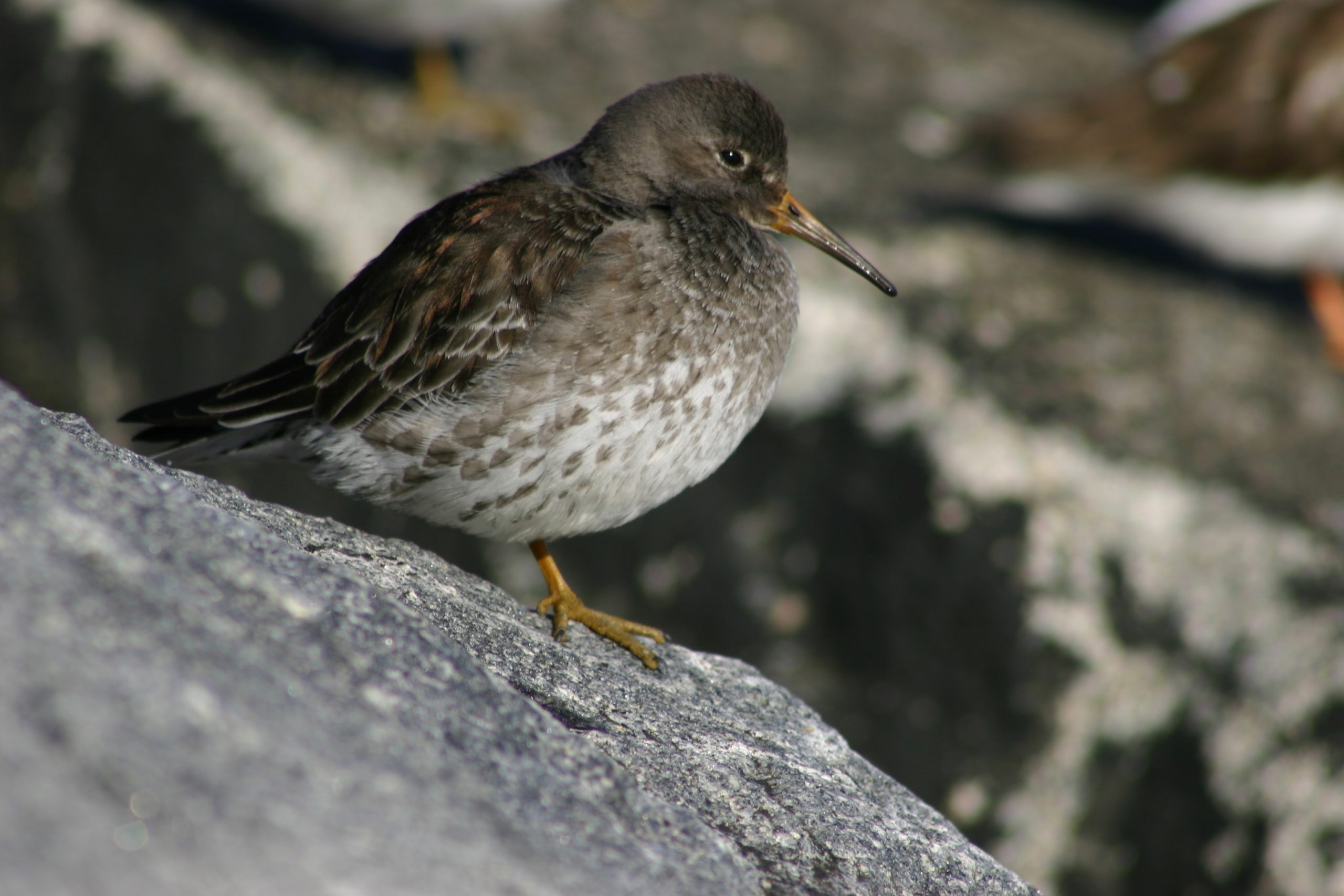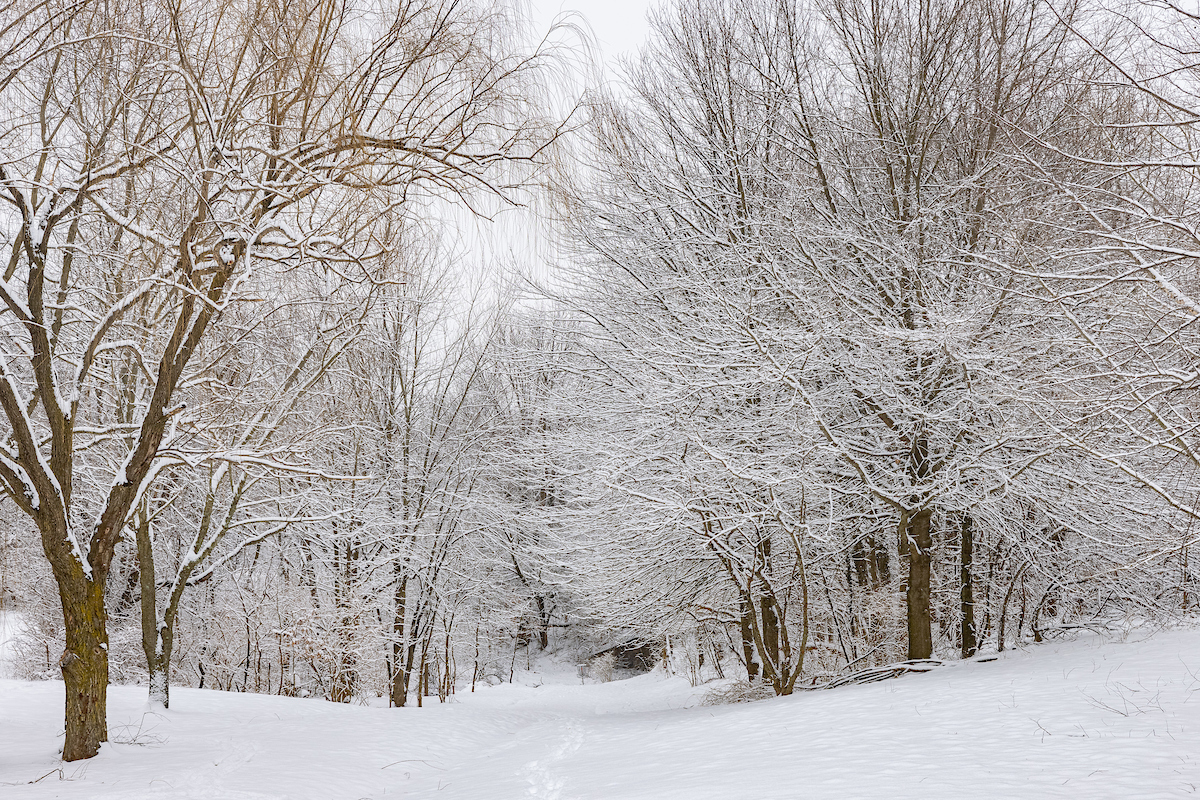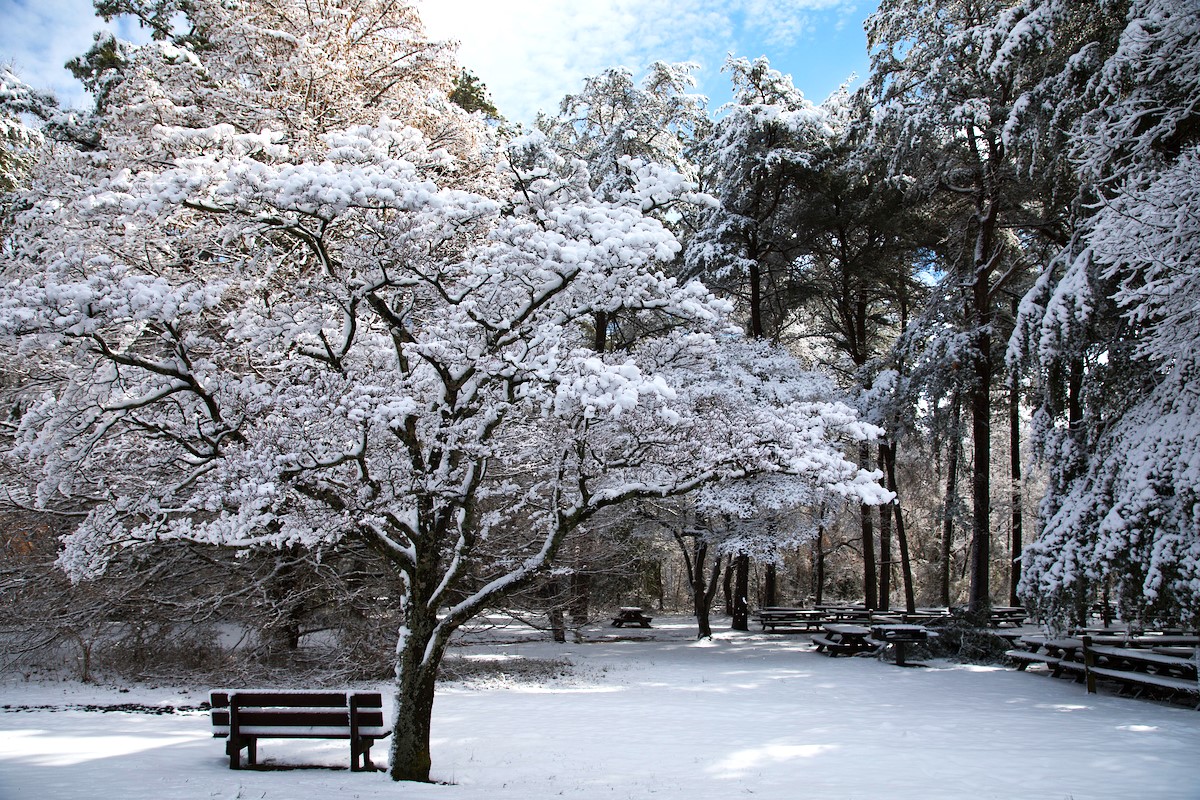
December 17, 2019
By: Chris Bennett, Environmental Stewardship Program Manager at Delaware State Parks
One of the best times to head to the beach is in the dead of winter. You’ll find a host of bird species that migrate to Delaware to take advantage of our mild winter weather. Many of these species spend the summer in the far north and Arctic, so it’s pretty mild here by comparison. Several of the best spots in Delaware to look for wintering loons, sea ducks, seabirds and gulls can be found in Cape Henlopen State Park and Delaware Seashore State Park.

Cape Henlopen State Park is a great place for winter birding!
Cape Henlopen State Park
At Cape Henlopen State Park, the Point and Herring Point are the go-to spots.
The Point
From the overlook at the Point, you can scan both the Delaware Bay and the Atlantic Ocean. Surf Scoter, Red-breasted Merganser, and both Red-throated and Common Loons might be found on the water anywhere between the fishing pier and the point. Usually, a large group of Brant (a small goose) can be found around the breakwater grazing on the seaweed that grows on the rocks.

Surf scoters can be seen from The Point at Cape Henlopen State Park.

Common loons can be seen from The Point at Cape Henlopen State Park.
Large groups of Double-crested Cormorants often roost on top of the breakwater. You might find a (less common) Great Cormorant amongst them. Scan the sky over the dunes, and you might see a flock of Snow Buntings before they drop down to feed in the dunes. To get a closer look, you will need to take a walk out around the point. If you are lucky, you might find a rare Lapland Longspur or an “Ipswich” Savannah Sparrow out there as well. Please stay on the beach – the dune grass is not well-adapted to being stepped upon. Out over the ocean, you might see the large white Northern Gannets soaring over the waves or diving for fish.

Double-crested Cormorants often roost on top of the breakwater at Cape Henlopen State Park.

Look over the dunes, and you might see a flock of Snow Buntings.

You may see a rare Lapland Longspur at The Point at Cape Henlopen State Park.

Look for Northern Ganets soaring over the ocean or diving for fish.
Herring Point
Herring Point at the south end of the main park road provides a fantastic elevated overlook from which to scan the ocean. This spot puts you a bit closer to the water than the point overlook. Many of the same birds listed for The Point can be seen from here as well. Scan the beach for Sanderlings, chasing the waves as they probe for crustaceans that live in the swash zone. A female Harlequin Duck has been seen frequenting the area, and you may see it feeding around the rocks to the north. The beach to the north of Herring Point is one of the best places in Delaware to find Lesser Black-backed Gulls.

Look for Sanderlings at Herring Point.

You may see a harlequin duck feeding around the rocks.
Delaware Seashore State Park
At Delaware Seashore State Park, try birding at hte Indian River Inlet or Burton Island.
The Indian River Inlet
Perhaps the best place to look for birds in winter is the Indian River Inlet at Delaware Seashore State Park. You can park on either side of the inlet, but lighting in the morning is best from the south side. All of the birds already mentioned may be found here, as well. A Great Cormorant or two often sit on the tower at the end of the south jetty. Sanderlings, Dunlins, Ruddy Turnstones, and Purple Sandpipers can usually be found roosting or feeding on the rocks on either jetty. Dozens of loons – both Common and Red-throated can often be found around and in the inlet feeding on mantis shrimp and crabs. This is the best place to see Long-tailed Duck in Delaware, and groups of one hundred or more are not unusual. Common Eiders often show up here, and if you’re fortunate, you might spot a Harlequin Duck. The Holy Grail of winter birds at Indian River Inlet, however, are alcids, a group of marine birds with short wings and webbed feet. Razorbill is the species seen most often, but Common Murre and Dovekie have been seen here in recent years.

Look for ruddy turnstones at Delaware Seashore State Park.

Red-throated loons can often be found around the inlet feeding on shrimp and crab.

The Indian River Inlet is the best place to see Long-tailed Ducks in Delaware

You can see Razorbills at the Indian River Inlet.

Purple Sandpipers can usually be found roosting or feeding on the rocks on either jetty.
Burton Island
The Burton Island causeway, located at the north end of the Indian River Marina (beyond the big dry stack building), is also worth a stop. Bufflehead, Horned Grebe, and Common Goldeneye can usually be found in the marina basin or the marsh creek to the north. This is also a great place to look for overwintering Black-crowned Night-herons and Tricolored Heron.

Black-crowned night herons can be seen at Burton Island.
If it’s excellent winter birding you’re looking for, grab your binocs, scope, and camera and head out to Delaware’s Beach State Parks.

For more tidbits of Delaware history as well as updates on cultural and environmental stewardship from our parks, you can follow “Delaware State Parks – Stewardship Program” on Facebook at @DSPResourceManagement »


